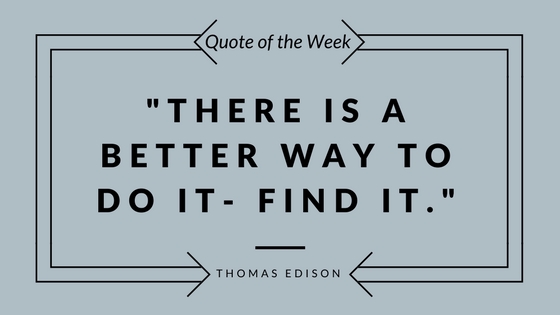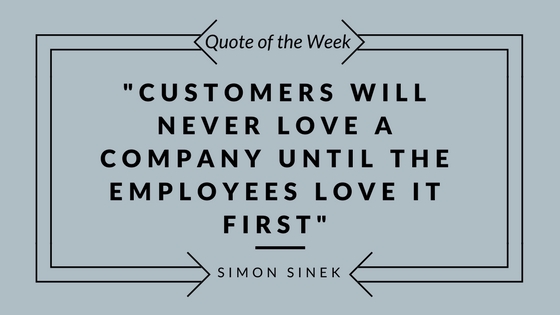Invite Your Customers In
Incorporating a corporate social responsibility program helps your company meet multiple bottom lines. One of the best attributes of creating a program like this is sharing the nonprofit’s story with your customers. It is proven that consumers, especially millennials, are more likely to purchase from a company that has a socially responsible backbone. This being said, it is crucial to share your efforts.
There are many ways to invite your customers into your social responsibility story. Every couple months various retail outlets ask if you would like to round up your bill or add a few dollars to your total for them to give to a charity. For some business this is an easy and efficient way to include your customers, others may need to get more creative. Having co-branded collateral is a great way to share the story of your nonprofit partnership with your customers. Work with the organization you have linked arms with to create something that is beneficial for both parties. It might even something they can give out to their staff and volunteers as well. Another effective way to share the story of your partnership is to create a landing page on your website. Customers can easily click to receive more information and even visit the nonprofit’s website.
Regardless of which medium your company chooses, share your story with your customers. It is a gift to invite them into the work your company feels passionate about doing.


